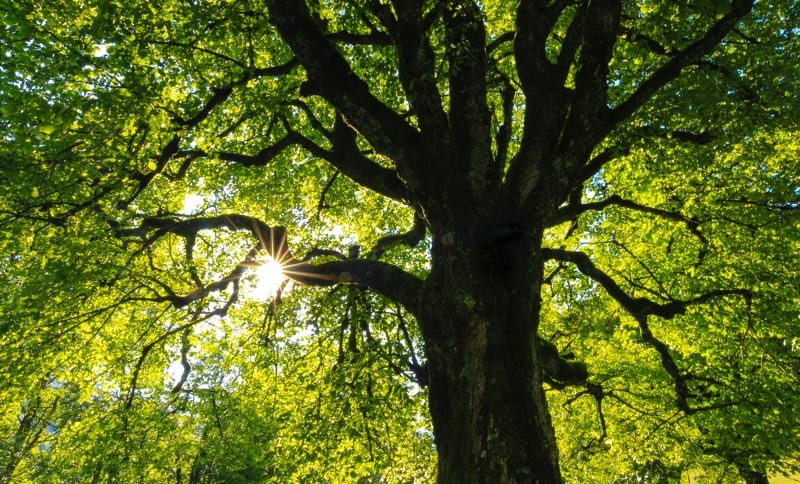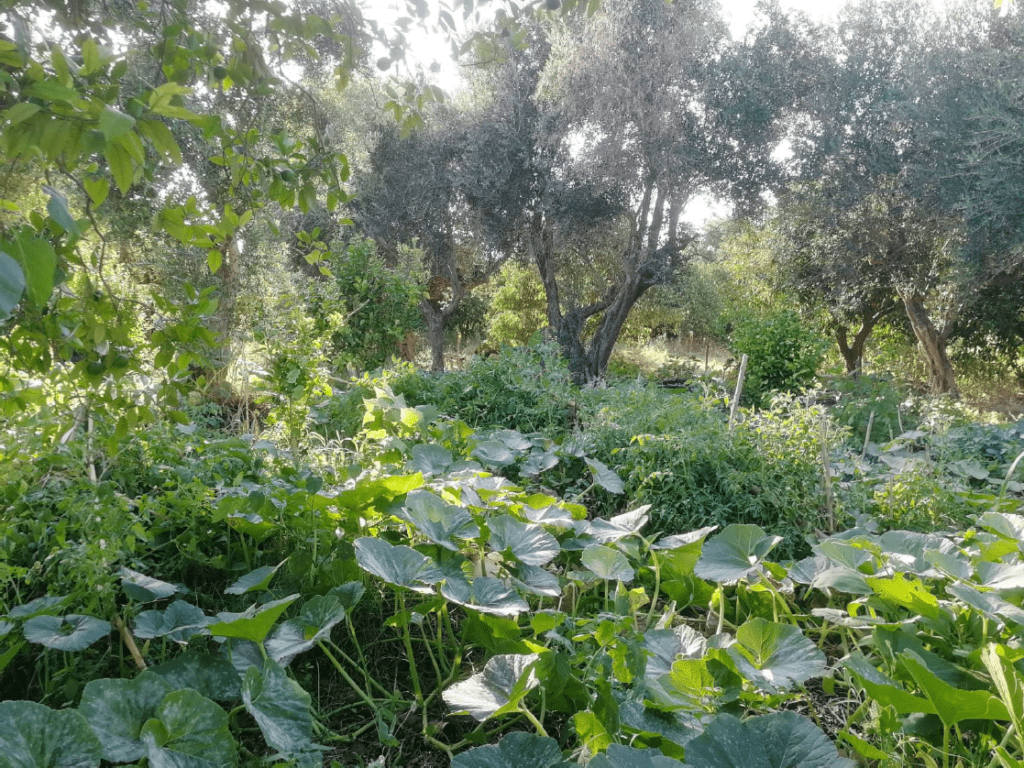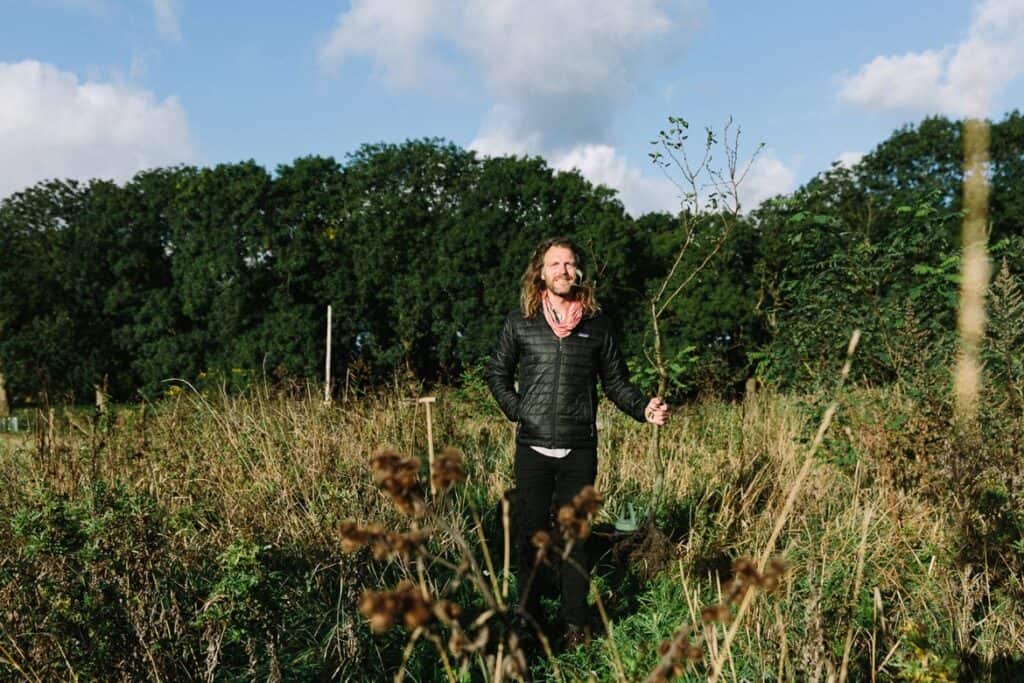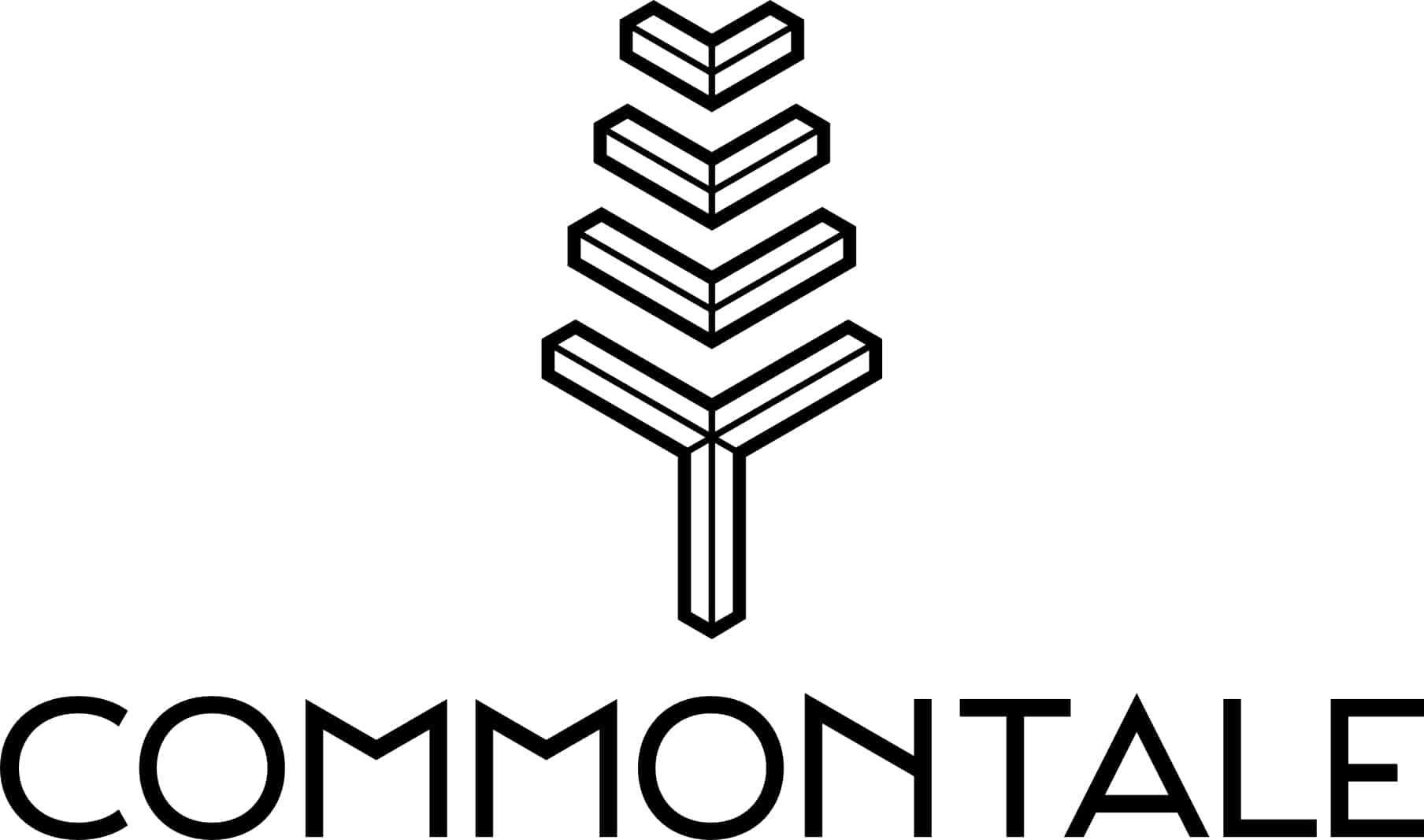November is here again, the last month of fall season. Where most humans nowadays use this month to prepare for another awesome Black Friday score, the trees of our Northern Hemisphere use it to get ready for winter. Deciduous forests turn into a vibrant palette of yellow, brown and red colors. Soils and streets get covered with a big sheet of leaves. It makes November a perfect month to acknowledge our trees, we owe them our oxygen after all. So besides some proper hugging, why not start planting new ones? This is Treevember.
Treevember is one of the initiatives of The Pollinators, a community and platform that mainly focuses on supporting and stimulating biodiversity. Two years ago the idea started as Tree Fest, a creative festival where besides enjoying art, workshops and music the visitors actually help planting a food forest in one day. This year’s Covid situation asked for a different approach. Treevember puts a spotlight on the need for food forests and introduces the distribution of ‘Tree Bombs’.

The essence of biodiversity
Biodiversity is in a continuous and strong global decline. Especially in the last decade. Biodiversity is simply put the total number and variability of all living organisms on this planet. Everything connects. So that loss also threats our own cultural and economical values. Tom van de Beek, one of the founders of The Pollinators and Treevember, reflects:
” The loss of biodiversity is the result of intensive agriculture and forestry practices used to increase the provision of food and biomass-based fuels. Next to that there’s the ever expanding industry, urbanization and pollution. During Treevember we pay tribute to the tree. After all, trees are not only beautiful to look at but are also essential to the well-being of the planet. And not just for producing oxygen, they also play a huge role in drawing carbon (CO2) out of our atmosphere for example.”
Ecologist Thomas Crowther explains this concept in his recent TED Talk:
What are Food Forests
During Treevember you’re free to go out and plant those tree bombs at any place you feel like. But maybe it’s also a nice one to check if there’s a food forest near your home. Tom van de Beek, who besides The Pollinators also is the founder of The Tipping Point foundation explains what they actually are:
” In 2012 I learned about food forests and I immediately liked the potential of those forests in being the perfect alternative for current agricultural systems. You basically design a piece of land with all the principles of a natural forest in mind. A healthy forest needs no human irrigation, pesticides and fertilizers. It creates an efficient ecosystem itself.”
” A food forest is a diverse planting of edible plants that attempts to mimic the ecosystems and patterns found in nature. Food forests are three dimensional designs, with life extending in all directions – up, down, and out. Just like in nature, it’s all about creating the essential layers of vegetation. Trees for the canopy, shrubs in the middle and herbs, grasses and roots in and on the ground. A food forest does not have to be re-planted year after year. Once it is established, it is generally very resilient.”

The Tree Bombs
In November you can pick up 10 exclusive ‘Tree Bombs’ at one of the 150 addresses throughout Holland. To see the nearest address to your home check the online map on the Treevember website. You can contact the particular person to arrange your preferred pick-up date. If nothing’s close it’s always possible to order them online.
The Tree Bombs contain seeds of three species: Rowan (lijsterbes), Silver Berch (ruwe berk) and the European Alder (zwarte els). They are common tree species in the Dutch landscape that germinate easily and contribute to the biodiversity here. During fall all trees drop their seeds. These are spread by the wind and by animals that eat them and defecate in another place. Autumn is therefore the perfect time to start planting trees.

Many food forests have planned Treevember for tree planting and forest maintenance. They can use some help with this and organize volunteer days for example. In case you want to do more or if there’s no food forest in your area you can get or order your stock of tree bombs and plant your own trees.
Throw the tree bombs in places where you know a tree can grow there. This can be in your garden or a piece of land for which you have permission from the manager. It is important that the bomb ends up on bare ground and can thus take root. You can also press the tree bomb lightly into the ground. Watering is not necessary because there is enough rain during the autumn and winter.

Find out more and tips on thepollinators.org/treevember. Happy Bombing!
Some other tree facts? Check those Bristlecone Pines…
Photo credits for the header image: Steven van Elk / Unsplash
